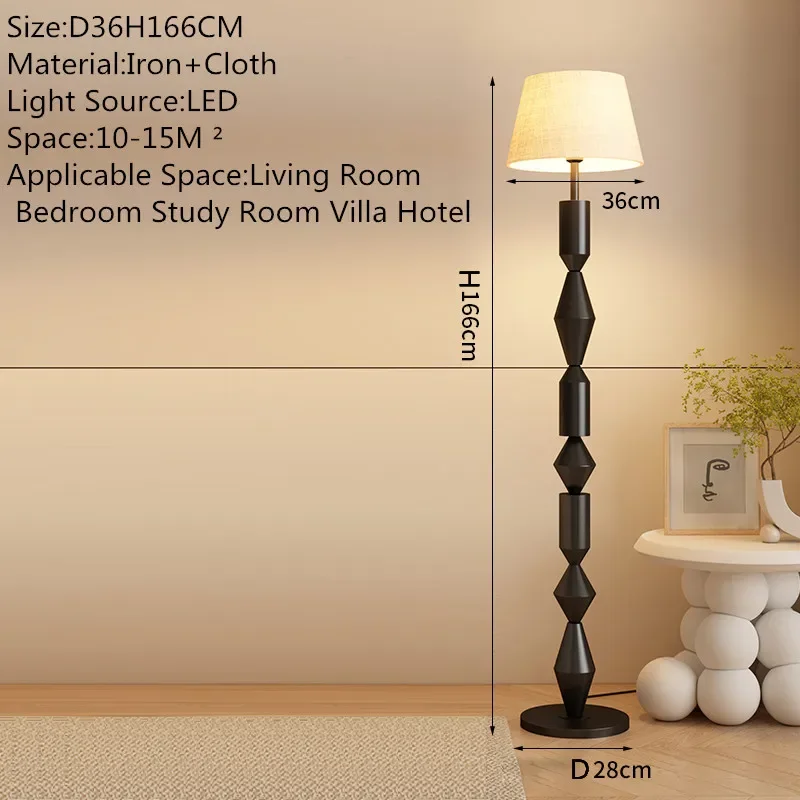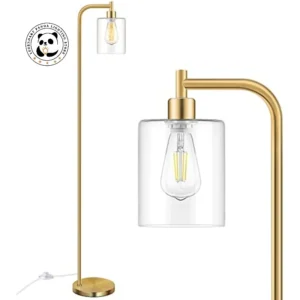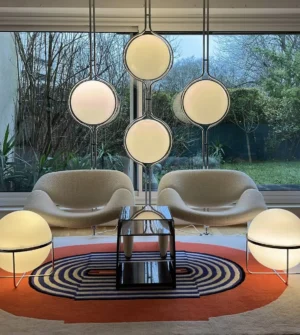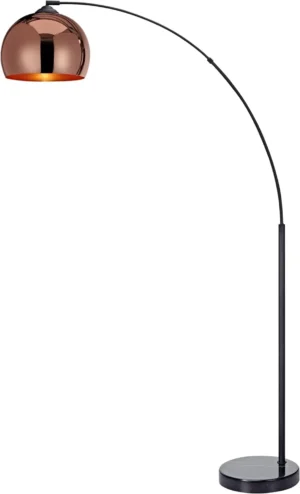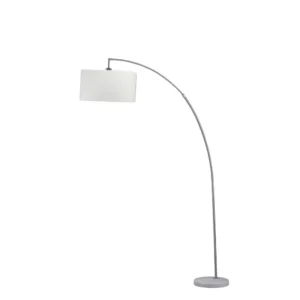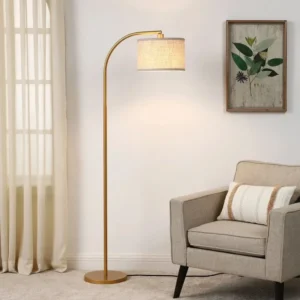Introduction: The Arc Lamp Dilemma – Brass or Chrome?
Arc lamps stand as bold design statements in modern interiors, commanding attention while providing functional lighting that enhances any living space. When selecting these striking fixtures, one crucial decision can dramatically alter both the aesthetic impression and practical performance of your lamp: the finish material. Brass and chrome represent two distinct approaches to style and functionality, each creating a markedly different atmosphere and visual impact.
This guide aims to illuminate the key differences between brass and chrome arc lamps, helping you navigate this important design choice with confidence. Whether you’re a homeowner refreshing your living space, an interior design enthusiast exploring options, or a professional designer guiding clients, understanding these material distinctions will lead to more informed decisions that align with your vision.
The process of choosing the perfect arc floor lamp involves numerous considerations, with material finish ranking among the most impactful. Both brass and chrome offer compelling benefits, but they diverge significantly in their visual warmth, maintenance requirements, and compatibility with various design styles.
As we explore these distinctive options, you’ll discover that your choice between brass and chrome extends beyond mere preference—it fundamentally shapes how light interacts with your space and how the fixture will evolve over time. Our brass arc floor lamp collections demonstrate this principle through their distinctive presence and character development.
Understanding Arc Lamps: Form and Function
Before delving into specific finishes, it’s essential to understand what makes arc lamps such distinctive lighting fixtures. Arc lamps feature a gracefully curved support extending from a weighted base, suspending the light source above your desired area. This ingenious design provides overhead illumination without ceiling installation—perfect for renters or those seeking flexible lighting solutions.
The standard arc lamp consists of three primary components: a substantial base providing stability, a curved arm creating the signature arc, and an adjustable shade or fixture directing light where needed. This elegant configuration allows the lamp to extend outward from its base, providing perfectly positioned lighting for seating areas, dining tables, or reading nooks.
The defining curve of these lamps places the material finish prominently on display, making it more visually significant than in other lighting styles. The substantial surface area of the arching support draws the eye, ensuring that your choice between what looks great in an arc floor lamp becomes a central design feature rather than a minor detail.
Arc lamps typically range from 60-80 inches in height with arcs extending 30-45 inches from the base. This imposing presence explains why material selection carries such visual weight—these aren’t subtle accessories but sculptural elements that shape your room’s entire aesthetic.
Brass Arc Lamps: Timeless Elegance
Brass brings a warmth and character to arc lamps that few other materials can match. This classic alloy, composed primarily of copper and zinc, offers a distinctive golden hue that ranges from subtle to striking depending on the specific formulation and finish. Brass arc lamps come in several varieties—polished for maximum shine, brushed for subtle texture, or antiqued for vintage appeal.
The enduring popularity of brass across decades of design trends speaks to its versatility and inherent beauty. As we examine brass arc lamps in greater detail, you’ll discover why this material continues to captivate designers and homeowners alike, particularly those drawn to fixtures with substance, warmth, and the potential to develop character over time.
The Visual Impact of Brass Arc Lamps
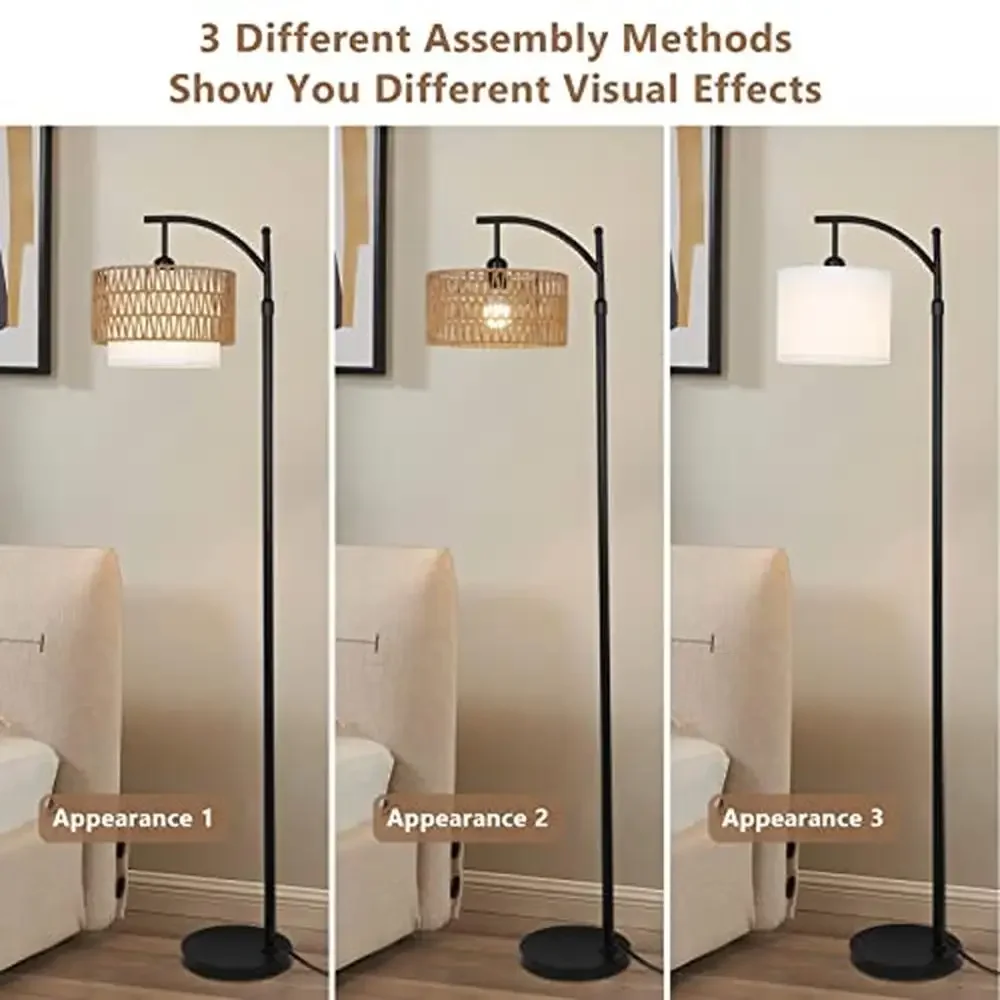
Brass arc lamps bring a distinctive visual richness to interiors through their warm golden tones. Unlike cooler metallic finishes, brass offers depth and dimension with subtle undertones that can range from reddish-copper to soft yellow, depending on its composition and treatment. This warmth creates an inviting ambiance that feels simultaneously luxurious and comfortable.
Light reflects differently from brass surfaces compared to other metals. Rather than creating sharp, mirror-like reflections, brass produces a softer, more diffused glow that gently illuminates surrounding areas. This quality makes brass particularly flattering for living spaces where a cozy, inviting atmosphere is desired. The gentle reflection from brass surfaces complements skin tones and enhances the appearance of natural materials throughout your space.
The versatility of brass extends across numerous design styles, making it an exceptionally adaptable choice when choosing between brass and chrome lighting. Brass arc lamps particularly complement:
- Traditional and classic interiors, where their warmth enhances heritage elements
- Mid-century modern spaces, reflecting the era’s original design sensibilities
- Vintage-inspired rooms, providing authentic character and patina
- Warm contemporary settings, adding richness without feeling outdated
- Industrial environments, especially when paired with raw materials like exposed brick
Brass harmonizes beautifully with warm wood tones, natural stone, leather furnishings, and earthy color palettes. The material creates a visual connection between modern lighting forms and timeless materials, bridging contemporary and traditional design elements seamlessly.
Durability and Aging: The Living Finish of Brass
One of brass’s most distinctive characteristics is its status as a “living finish”—a material that changes and develops character over time. Solid brass is an alloy of copper (typically 67%) and zinc (33%), though proportions may vary slightly by manufacturer. Some less expensive “brass” arc lamps may actually be brass-plated steel or zinc, which behave differently over time.
When exposed to air and moisture, untreated brass undergoes a natural oxidation process. This gradual transformation creates a protective patina layer that actually shields the metal from further corrosion while simultaneously darkening and enriching its appearance. Many designers and homeowners specifically choose brass for this evolutionary quality, appreciating how the lamp becomes more distinctive and personalized over years of use.
Not all brass finishes age identically. Manufacturers often apply lacquer coatings to preserve brass’s original appearance, significantly slowing or preventing patina development. Lacquered brass requires less maintenance but sacrifices the material’s natural evolution. Unlacquered or “raw” brass, conversely, will develop its characteristic patina within months, beginning with subtle darkening in areas of frequent touch.
Despite its changing surface appearance, brass remains exceptionally durable structurally. Quality brass components will last decades or even generations with proper care, often becoming family heirlooms. This combination of physical durability and visual evolution distinguishes brass from more static finishes like chrome.
Caring for Brass Arc Lamps: Maintenance Considerations
Maintaining brass arc lamps requires different approaches depending on whether the brass has been lacquered or left in its natural state, and whether you prefer to preserve its original shine or encourage patina development.
For lacquered brass:
* Clean with soft, slightly damp cloth to remove dust
* Avoid abrasive cleaners that could damage the protective coating
* Use mild soap solutions for stubborn spots, rinsing thoroughly
* Never use brass polish or metal cleaners on lacquered surfaces
* Reapply lacquer if the coating wears thin in high-touch areas
For unlacquered brass (maintaining original shine):
* Polish regularly with quality brass cleaner
* Apply thin layers of specialized brass wax to slow oxidation
* Use lemon juice and baking soda paste for deeper cleaning
* Buff with soft cloths in the direction of any grain patterns
* Consider professional relacquering for long-term shine preservation
For unlacquered brass (encouraging patina):
* Clean with mild soap and water only when necessary
* Avoid touching with bare hands if seeking even patina development
* Accept that fingerprints will eventually blend into overall patina
* Understand that high-touch areas will develop patina faster
* Embrace the uneven, organic nature of natural aging
Brass requires more active maintenance than chrome if you wish to maintain its original appearance, but many owners find this relationship with their lamp to be part of its appeal and character.
The Pros and Cons of Brass Arc Lamps
Pros:
* Timeless aesthetic that resists looking dated as trends change
* Warm, inviting ambiance that creates a flattering glow
* Develops unique character and patina over time
* Complements both traditional and contemporary designs
* Conveys a sense of quality and craftsmanship
* Often increases in aesthetic appeal as it ages
Cons:
* Generally commands a premium price, especially solid brass options
* Can tarnish or develop uneven patina without proper care
* Requires specific cleaning approaches based on finish type
* May need periodic polishing to maintain preferred appearance
* Heavier than many alternative materials, requiring sturdy bases
The distinctive warm glow and evolving character of brass make it particularly well-suited for mid-century arc floor lamp designs where authenticity and timeless appeal are valued. This investment in quality often pays dividends through decades of distinctive service and visual appeal.
Chrome Arc Lamps: Modern Sophistication
Chrome represents the epitome of contemporary sleekness in lighting design. This mirror-like finish is created through an electroplating process that deposits a thin layer of chromium over a base metal, producing a highly reflective, silvery surface that exudes modern sophistication. Chrome arc lamps capture and reflect light dramatically, creating visual excitement and spatial expansion in contemporary interiors.
Unlike brass’s warm character, chrome offers precision and clarity—qualities increasingly valued in modern design. As we examine chrome arc lamps in greater detail, you’ll discover why this finish continues to dominate contemporary lighting, particularly in spaces where crisp definition and visual brightness are design priorities.
The Visual Impact of Chrome Arc Lamps
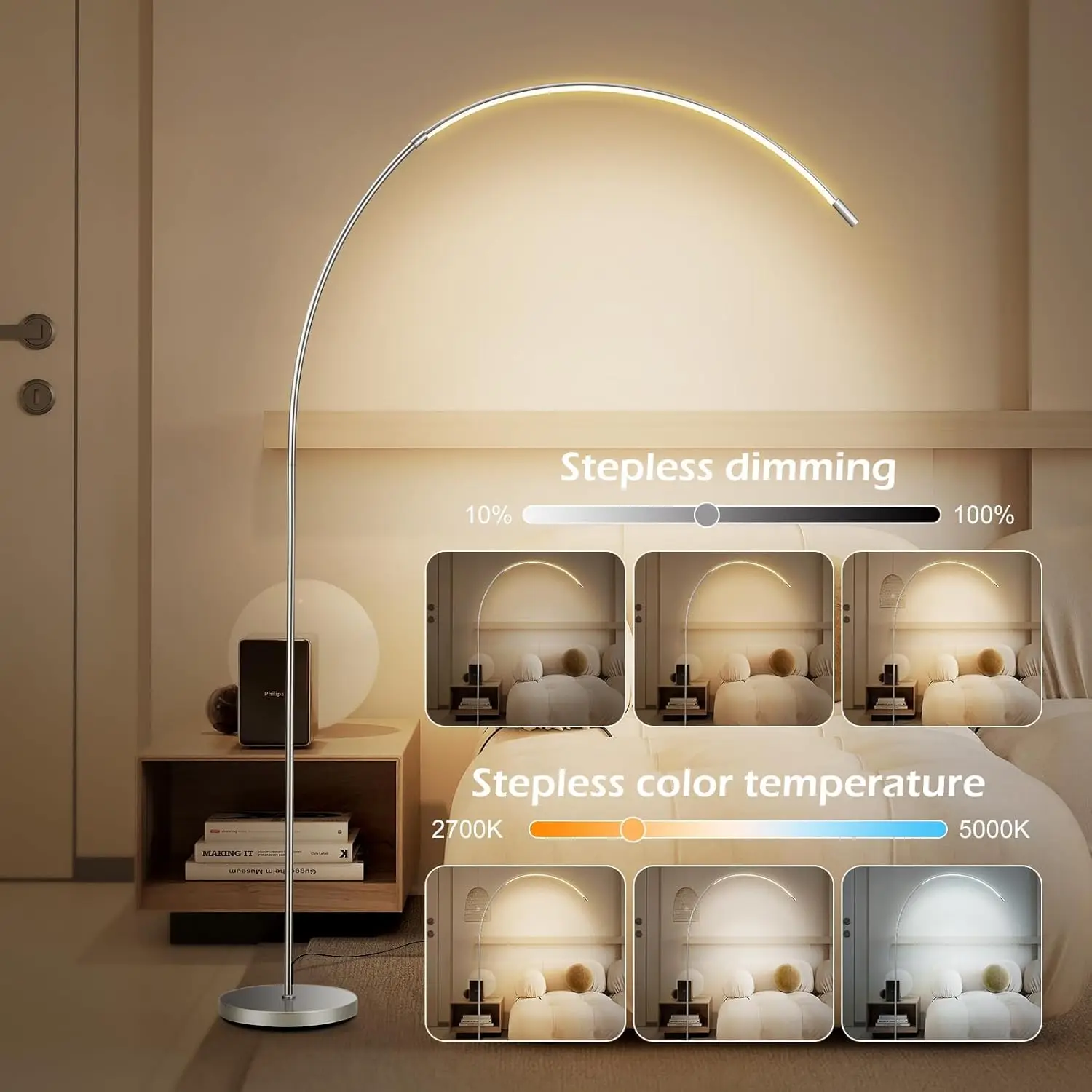
Chrome arc lamps create an immediate visual statement through their mirror-like reflectivity. This highly polished finish produces sharp, defined reflections that catch light and movement throughout the room, adding dynamic visual interest even when the lamp itself isn’t illuminated. Chrome’s silvery, cool-toned appearance creates a sense of precision and clarity that defines contemporary design.
Light interacts with chrome differently than with warmer metals. Chrome surfaces produce bright, crisp reflections that increase the perceived amount of light in a space. This reflective quality makes chrome arc lamps particularly valuable in smaller rooms or spaces with limited natural light, as they effectively multiply light and create an impression of expanded space. Many designers select chrome specifically for this space-enhancing property.
When selecting the best arc lamps for living rooms, consider how chrome particularly complements:
- Modern and contemporary interiors with clean lines
- Minimalist spaces where every visible element matters
- Industrial designs featuring glass, metal, and concrete
- Art Deco-inspired settings with geometric patterns
- Tech-forward environments with smart home integration
Chrome harmonizes beautifully with materials like glass, polished concrete, stainless steel, and cool-toned woods. It thrives in monochromatic color schemes, particularly grays, whites, and blacks, where its reflective properties create depth and dimension without introducing competing hues.
The psychological impact of chrome differs significantly from brass—where brass creates warmth and nostalgia, chrome produces feelings of clarity, efficiency, and forward-thinking modernity. This makes it particularly appropriate for spaces dedicated to productivity or those designed with a future-oriented aesthetic.
Durability and Resilience of Chrome Finishes
Chrome’s impressive durability comes from its manufacturing process. True chrome fixtures feature a base metal (typically steel or zinc) covered through electroplating with layers of copper and nickel, topped finally with chromium. This multi-layer approach creates a surface that resists corrosion, maintains consistent appearance, and withstands regular use.
Unlike brass, chrome maintains its appearance without developing patina—what you see when you purchase a chrome arc lamp is essentially what you’ll see years later. This consistency appeals to those who prefer maintenance-free ownership and unchanging aesthetics. Chrome’s hard surface resists scratching under normal conditions, though deep scratches can penetrate the chromium layer and expose underlying metals.
Chrome’s corrosion resistance makes it suitable for varied environments, including homes with higher humidity or coastal locations where salt air might accelerate tarnishing in other metals. Quality chrome plating should last decades without peeling or flaking, though the thickness and quality of the plating significantly impact longevity. Premium chrome arc lamps feature thicker plating processes that enhance durability.
The finish maintains its brightness without oxidation concerns, providing worry-free performance year after year. This predictable aging process represents chrome’s opposite approach to brass’s evolving character—offering instead reliable consistency and minimal intervention.
Caring for Chrome Arc Lamps: Maintenance Considerations
Chrome’s primary maintenance challenge isn’t preventing tarnish but rather keeping the highly reflective surface free from fingerprints, dust, and water spots that quickly become visible on mirror-like finishes.
For routine chrome cleaning:
* Use soft microfiber cloths to prevent scratching
* Apply glass cleaner or a solution of equal parts white vinegar and water
* Dry immediately and thoroughly to prevent water spotting
* Consider wearing cotton gloves when handling to prevent fingerprints
* Buff in circular motions to maintain even shine
For addressing common chrome issues:
* Remove water spots with a paste of baking soda and water
* Tackle stubborn fingerprints with rubbing alcohol on a soft cloth
* Address minor scratches with specialized chrome polish
* Prevent watermarks by immediately drying after cleaning
* Apply automotive chrome wax occasionally for added protection
Chrome’s maintenance requirements focus more on frequency than complexity—simple wiping may be needed more often than with brass, but the process itself requires no specialized products or techniques for standard care. This straightforward maintenance regime makes chrome particularly suitable for high-traffic areas where frequent cleaning might be necessary.
The Pros and Cons of Chrome Arc Lamps
Pros:
* Sleek, modern aesthetic that epitomizes contemporary design
* Minimal maintenance with no tarnishing concerns
* Outstanding resistance to corrosion and environmental damage
* Typically more affordable than solid brass alternatives
* Versatile compatibility with numerous modern design styles
* Enhances space perception through light reflection
Cons:
* Shows fingerprints and smudges more prominently
* Can appear stark or cold in rooms with warm color schemes
* Lacks the evolving character and patina of living finishes
* May develop surface scratches that are difficult to repair
* Remains visually unchanged throughout its lifespan
For spaces dedicated to contemporary aesthetics, our chrome arc floor lamp collection offers options that showcase this material’s distinctive reflectivity and precision. Chrome’s visual clarity makes it particularly effective in design schemes prioritizing light, space, and modern simplicity.
Direct Comparison: Brass vs. Chrome Arc Lamps
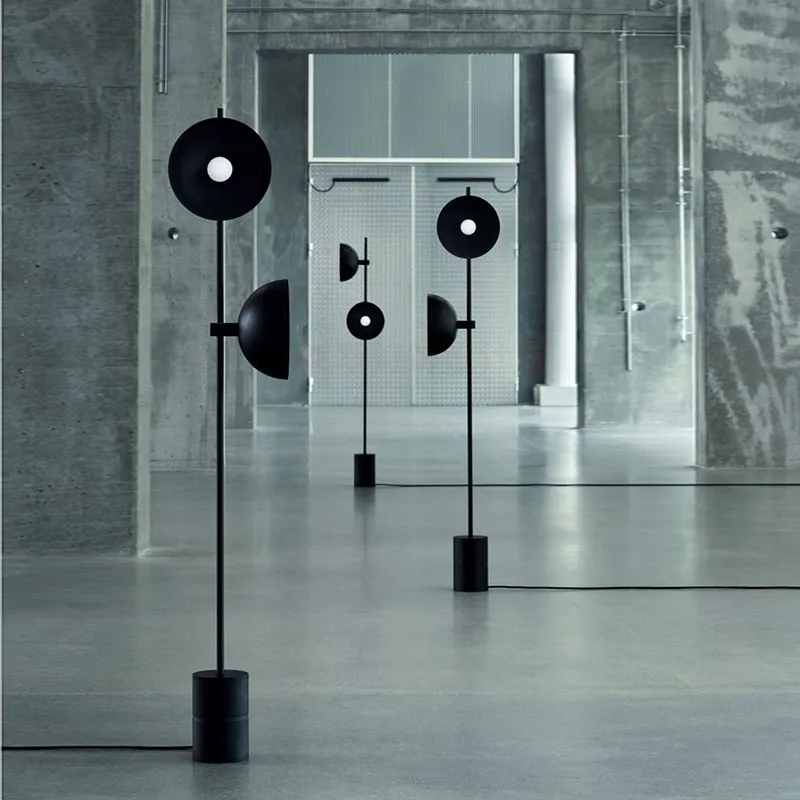
| Feature | Brass Arc Lamps | Chrome Arc Lamps |
|---|---|---|
| Visual Impression | Warm, inviting, traditional | Cool, sleek, contemporary |
| Color Tone | Golden yellow to reddish-brown | Silvery blue-white |
| Reflectivity | Soft, diffused reflections | Sharp, mirror-like reflections |
| Design Compatibility | Traditional, vintage, mid-century, warm contemporary | Modern, minimalist, industrial, Art Deco, tech-forward |
| Complementary Materials | Warm woods, leather, natural stone, textiles | Glass, concrete, steel, cool-toned woods, plastic |
| Aging Characteristics | Develops patina; darkens and enriches over time | Maintains consistent appearance indefinitely |
| Durability Factors | Excellent structural durability; surface changes appearance | Good structural durability; surface maintains appearance |
| Maintenance | Regular polishing if shine is desired; patina care if not | Simple cleaning to remove fingerprints and dust |
| Fingerprint Visibility | Moderate; less visible than on chrome | High; immediately noticeable |
| General Price Range | Higher, especially for solid brass | Moderate, though premium options exist |
| Ambiance Created | Warm, cozy, sophisticated | Bright, crisp, energetic |
The fundamental difference between brass and chrome extends beyond mere appearance—these finishes represent distinct approaches to design and material relationship. Brass offers an organic, evolving experience where your lamp becomes more distinctive over time. Chrome provides precision and consistency, maintaining its original appearance indefinitely. This core distinction shapes not only how the lamp looks initially but how your relationship with it develops over years of use.
Contemporary arc floor lamp designs are available in both finishes, allowing you to select based on your preference for either warm traditional elements or cool modern statements.
Making Your Decision: Finding the Perfect Arc Lamp Finish
Selecting between brass and chrome ultimately depends on your specific situation and preferences. Consider these key factors when making your decision:
Evaluate your existing decor: Take inventory of dominant materials in your space. Rooms featuring warm woods, earth tones, and traditional elements typically harmonize better with brass. Spaces defined by glass, concrete, chrome, and cool colors usually favor chrome arc lamps.
Consider your desired ambiance: Brass creates warmth and intimacy in spaces, making it ideal for rooms where you entertain, relax, or seek a cozy atmosphere. Chrome generates energy and clarity, making it suitable for spaces where focus and contemporary aesthetics are priorities.
Be honest about maintenance preferences: If you appreciate the ritual of occasionally polishing and caring for quality pieces, brass may be satisfying. If you prefer minimal maintenance and consistent appearance, chrome offers simplicity.
Factor budget considerations: While both materials appear across price points, solid brass generally commands a premium over chrome-plated options. Determine whether the investment in brass’s evolving character justifies the additional cost for your situation.
Trust your aesthetic instinct: Beyond practical considerations, your personal attraction to either finish matters significantly. Which material speaks to you visually and emotionally? This subjective preference often proves the most reliable guide.
For those wanting to mix metal finishes successfully, maintain visual cohesion by repeating each finish at least twice within the same space. This creates intentional rhythm rather than the appearance of a mismatched mistake. For instance, pair a brass arc lamp with brass picture frames or decorative objects while balancing chrome furniture legs with chrome light switch plates.
Our complete arc floor lamp guide provides additional context for making this important decision within your broader lighting plan.
Brass Arc Floor Lamp, Contemporary Arc Floor Lamp, LED Arc Floor Lamp
Price range: $490.72 through $522.04 Select options This product has multiple variants. The options may be chosen on the product pageChrome Arc Floor Lamp, LED Arc Floor Lamp
Price range: $304.95 through $1,210.40 Select options This product has multiple variants. The options may be chosen on the product pageContemporary Arc Floor Lamp, Large Arc Floor Lamp, Marble Base Arc Floor Lamp
$224.94 Select options This product has multiple variants. The options may be chosen on the product pageMid-Century Arc Floor Lamp, Wood Arc Floor Lamp
$230.86 Select options This product has multiple variants. The options may be chosen on the product pageContemporary Arc Floor Lamp, Silver Arc Floor Lamp
$459.99 Select options This product has multiple variants. The options may be chosen on the product pageContemporary Arc Floor Lamp, Gold Arc Floor Lamp
$196.24 Select options This product has multiple variants. The options may be chosen on the product page
Popular Design Variations for Brass and Chrome Arc Lamps
Both brass and chrome arc lamps appear across diverse design interpretations, each emphasizing different aspects of these versatile materials.
Brass Arc Lamp Variations:
* Traditional designs featuring curved forms with fabric drum shades, offering classic elegance with warm metal accents
* Exposed bulb variations that highlight brass’s warm reflection properties, creating ambient glow rather than directed light
* Industrial-inspired models incorporating cage-style shades and mechanical elements, often using aged or antiqued brass finishes
* Adjustable designs with counterweights and multiple joints, allowing precise positioning while showcasing brass’s substantial quality
Chrome Arc Lamp Variations:
* Sleek minimalist versions with ultra-slim profiles and integrated LED technology, emphasizing chrome’s contemporary character
* Multi-arm designs featuring several light sources extending from a single base, creating dramatic sculptural statements
* Geometric interpretations with angular components reflecting Art Deco influences, maximizing chrome’s reflective properties
* Tech-forward models incorporating smart features and adjustable elements, pairing chrome’s modern aesthetic with innovative functionality
The interaction between shade material and metal finish significantly impacts the lamp’s overall impression. Fabric shades soften brass’s warmth while providing balanced contrast with chrome’s coolness. Glass or metal shades amplify each material’s inherent properties—enhancing brass’s glow or chrome’s reflectivity.
Our minimalist arc floor lamp collection demonstrates how form and finish work together to create distinctive design statements that transform spaces through both light and visual presence.
Frequently Asked Questions About Brass and Chrome Arc Lamps
Does brass tarnish on lighting fixtures like arc lamps?
Yes, untreated brass naturally tarnishes over time through oxidation. This process creates a protective patina that many consider desirable, adding character and depth. If you prefer to maintain brass’s original shine, select lacquered brass or commit to regular polishing. The tarnishing process happens faster in humid environments or areas with air pollution.
Is chrome durable enough for a floor lamp in a high-traffic area?
Chrome offers excellent durability for high-traffic settings. Its hard surface resists scratches under normal use conditions, and it won’t tarnish like brass. The primary maintenance concern is keeping it free from fingerprints and dust, which are more visible on its reflective surface. Quality chrome plating should last decades without deterioration.
Can brass and chrome finishes coexist effectively in the same room?
Absolutely. Mixing metal finishes creates visual depth when done intentionally. The key is repetition—include at least two elements of each finish to establish pattern rather than anomaly. Consider using one finish for larger pieces and the other for accents, or grouping each finish in different areas of the room for visual balance.
What are the best methods for maintaining the shine of a brass arc lamp?
For lacquered brass, simply dust regularly with a soft cloth and occasionally clean with mild soap and water. For unlacquered brass, use commercial brass polish or natural alternatives like lemon juice with salt or baking soda. Apply polish with a soft cloth, rubbing in circular motions, then buff to a shine. Consider brass wax after polishing to maintain shine longer.
How do I prevent fingerprints from showing on my chrome arc lamp?
Wear cotton gloves when handling chrome fixtures during cleaning or adjustment. Clean regularly with glass cleaner or vinegar solution using microfiber cloths. Apply a small amount of automotive chrome wax or anti-fingerprint spray designed for stainless steel appliances—these create an invisible barrier that reduces fingerprint visibility without affecting chrome’s appearance.
Will brass eventually turn completely dark/green over time?
Without intervention, brass develops a darker patina but rarely turns completely black in normal indoor conditions. The green verdigris seen on outdoor brass requires years of exposure to weather elements and is uncommon on interior fixtures. Indoor brass typically develops a richer, darker golden-brown patina rather than green oxidation.
Is chrome more suitable for small spaces than brass?
Chrome often works particularly well in smaller spaces due to its light-reflecting properties, which create an impression of expanded space. Its reflective quality effectively multiplies available light, making rooms feel brighter and more open. However, if your small space features warm colors and traditional elements, brass might still provide better aesthetic harmony despite chrome’s spatial advantages.
Beyond Materials: Other Factors to Consider When Choosing an Arc Lamp
While finish material significantly impacts your arc lamp’s appearance, several other factors deserve consideration for a completely satisfying selection:
Base stability and weight: Arc lamps extend significantly from their base, making proper counterbalancing essential. Heavier bases provide necessary stability but affect mobility. Brass lamps often feature more substantial bases than chrome models.
Adjustability features: Consider whether you need height adjustment, arm articulation, or shade rotation. More adjustment points offer flexibility but add complexity and potential failure points.
Light bulb compatibility: Evaluate whether the fixture accepts standard bulbs, specialty shapes, or integrated LEDs. This affects both light quality and long-term maintenance costs.
Shade material and light diffusion: Fabric shades create soft, diffused light while metal directs focused beams. Glass offers transparency with potential for glare. Your shade choice interacts with your finish material to determine overall light quality.
Switch mechanism and placement: Foot switches offer convenience but may wear out faster than hand switches. Some models feature dimming capabilities or touch sensitivity that enhance functionality.
Overall proportions: The arc’s height and reach must suit your space and furniture arrangement. Oversized lamps overwhelm small rooms while undersized fixtures look insignificant in larger spaces.
Each of these considerations interacts with your finish choice. For example, chrome’s lighter visual weight might allow for larger proportions without overwhelming a space, while brass’s substantial appearance might pair better with simpler mechanical designs that emphasize material quality over technical complexity.

